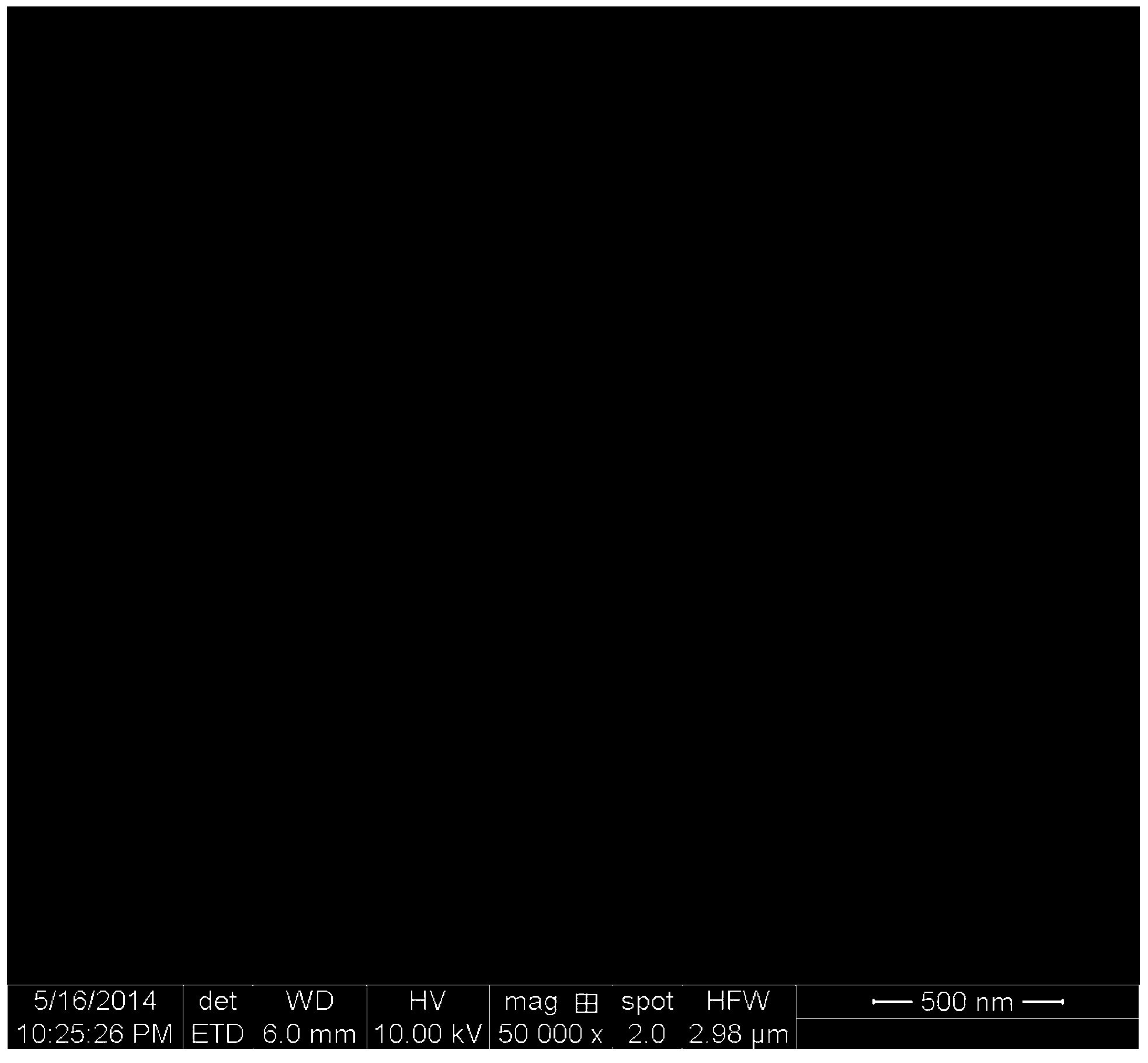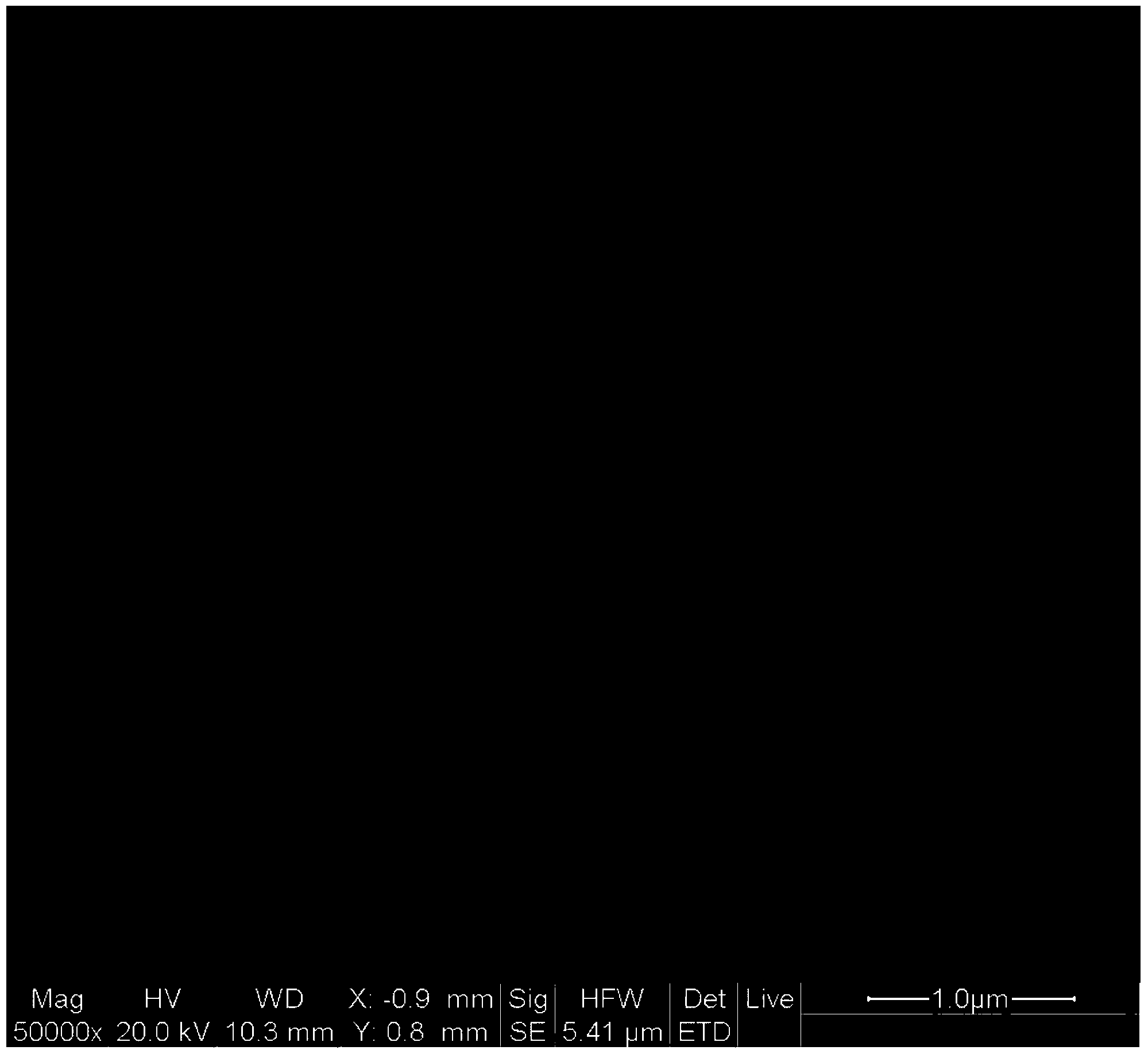Method for producing nanometer silicon by adopting rice hull
A nano-silicon, rice husk technology, applied in nanotechnology, nanotechnology, nanotechnology for materials and surface science, etc., can solve the problems of high production cost of nano-silicon, waste of silicon element, etc., and achieve considerable social and economic benefits. benefits, reduce pollution, and reduce production costs
Active Publication Date: 2014-09-10
金之坚
View PDF2 Cites 24 Cited by
- Summary
- Abstract
- Description
- Claims
- Application Information
AI Technical Summary
Problems solved by technology
[0004] One of the purposes of the present invention is to solve the defect that the silicon element in the rice husk is mostly wasted in the prior art, and turn the rice husk into a high value-added raw material
[0005] Two of purpose of the present invention is to solve the problem that the production cost of nano-silicon is too high in the prior art
Method used
the structure of the environmentally friendly knitted fabric provided by the present invention; figure 2 Flow chart of the yarn wrapping machine for environmentally friendly knitted fabrics and storage devices; image 3 Is the parameter map of the yarn covering machine
View moreImage
Smart Image Click on the blue labels to locate them in the text.
Smart ImageViewing Examples
Examples
Experimental program
Comparison scheme
Effect test
Embodiment Construction
[0023] The present invention is described in detail through specific implementation examples below, but the present invention is not limited to the following examples.
[0024] The following materials can be purchased from open commercial channels unless otherwise specified.
the structure of the environmentally friendly knitted fabric provided by the present invention; figure 2 Flow chart of the yarn wrapping machine for environmentally friendly knitted fabrics and storage devices; image 3 Is the parameter map of the yarn covering machine
Login to View More PUM
 Login to View More
Login to View More Abstract
The invention relates to a method for producing nanometer silicone by adopting rice hull. The method for producing the nanometer silicone by adopting the rice hull comprises the following steps: carrying out heat treatment on the rice hull, so that silicon dioxide is obtained; carrying out reduction reaction on the silicon dioxide and magnesium, so that an intermediate containing the nanometer silicone, magnesium silicide, silicon dioxide and magnesium oxide is obtained; treating the intermediate with hydrochloric acid, separating filtrate containing magnesium silicate and magnesium oxide, and treating with hydrofluoric acid, filtering to remove filtrate containing silicon dioxide; rinsing products of the previous step to be neutral, and drying, so that the nanometer silicone is obtained. By applying the method for producing the nanometer silicone by adopting the rice hull, the nanometer silicone can be produced by adopting the rice hull, the rice hull can be changed into things of value, pollution to the environment when the rice hull is incinerated is reduced, production cost of the nanometer silicone is reduced, and considerable social benefit and economic benefit can be obtained; the obtained nanometer silicon material has porous structures and strong physical properties and can be applied to the fields of medicines, electronics and environmental protection.
Description
[technical field] [0001] The invention relates to a process for producing nano-silicon, in particular to a method for producing nano-silicon with rice husks. [Background technique] [0002] China is a big rice-producing country. At present, the annual rice output is about 200 million tons, and the estimated rice husks are about 50 million tons. Rice belongs to Gramineae. Its epidermis is hard and contains siliceous cells. The siliceous cells are often filled with individual siliceous bodies and are rich in silicon. About 10% of the ordinary rice husks are used as feed, about 20% of them are recycled and used as low-grade industrial auxiliary materials, 70% of them are used as fertilizers after burning, and the rest are used for other purposes. In some large rice-producing areas in China, the smog produced by the burned rice husks every year pollutes the atmosphere and poses a challenge to the control of smog. [0003] At the same time, as a new generation of optoelectronic...
Claims
the structure of the environmentally friendly knitted fabric provided by the present invention; figure 2 Flow chart of the yarn wrapping machine for environmentally friendly knitted fabrics and storage devices; image 3 Is the parameter map of the yarn covering machine
Login to View More Application Information
Patent Timeline
 Login to View More
Login to View More IPC IPC(8): C01B33/021B82Y30/00
Inventor 金之坚
Owner 金之坚
Who we serve
- R&D Engineer
- R&D Manager
- IP Professional
Why Patsnap Eureka
- Industry Leading Data Capabilities
- Powerful AI technology
- Patent DNA Extraction
Social media
Patsnap Eureka Blog
Learn More Browse by: Latest US Patents, China's latest patents, Technical Efficacy Thesaurus, Application Domain, Technology Topic, Popular Technical Reports.
© 2024 PatSnap. All rights reserved.Legal|Privacy policy|Modern Slavery Act Transparency Statement|Sitemap|About US| Contact US: help@patsnap.com









